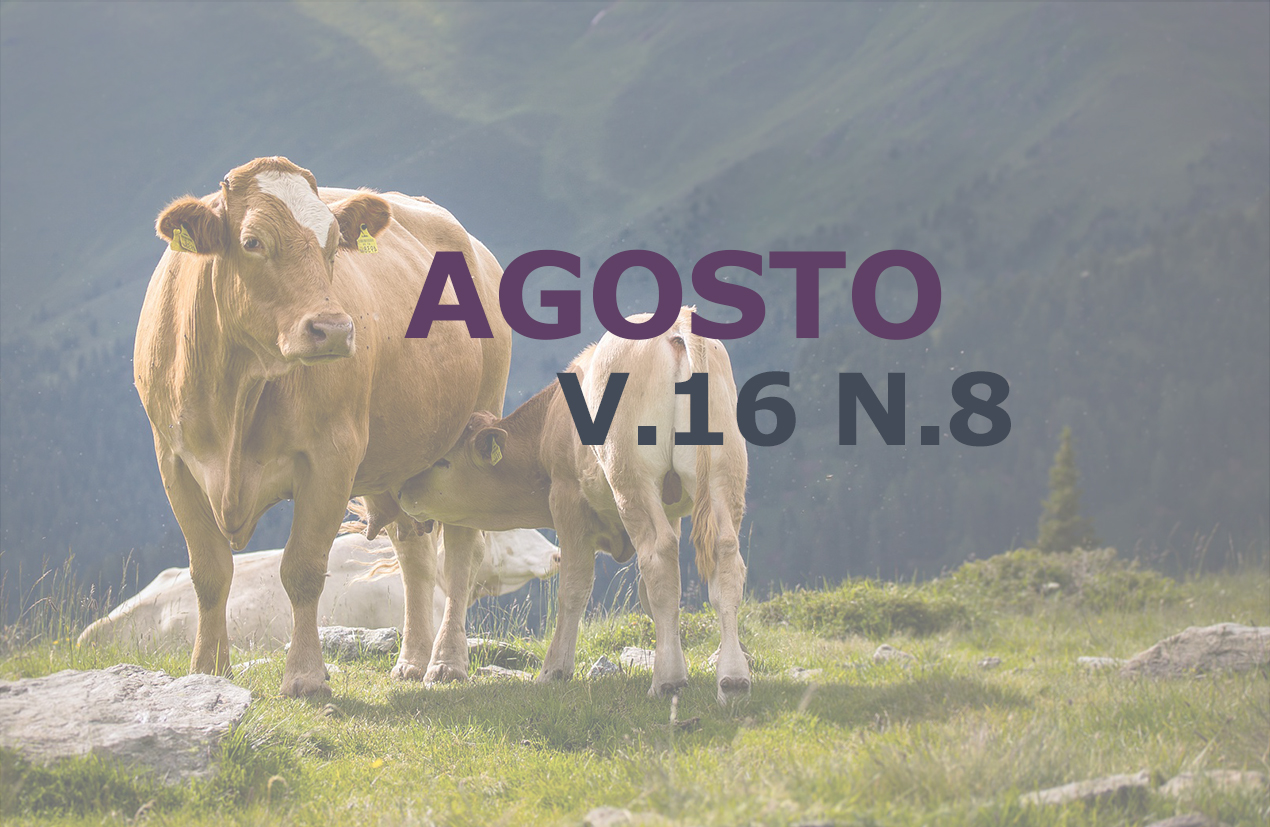Perineal herniorrhaphy in an aged non-castrated male dog: Case report
DOI:
https://doi.org/10.31533/pubvet.v16n08a1188.1-9Keywords:
Dogs, herniorrhaphy, perineal hernia, pelvic diaphragmAbstract
The objective of this paper was to report a case of a dog diagnosed with bilateral non-castrated perineal hernia and evaluate the postoperative and surgical treatment. A 10-year-old male YorkShire Terrier was seen at the Unigranrio Veterinary School Hospital, presenting with an increase in volume in the perineal region. The patient was attended with history and anamnesis, besides the performance of ultrasonography and radiography imaging exams. The perineal hernia happens when the muscles of the pelvic diaphragm are weakened and separate, allowing abdominal and/or pelvic content to move into the herniated cavity. The hernia can be unilateral or bilateral. The cause of the weakening of the pelvic diaphragm is poorly understood, but is believed to be associated with male hormonal factors, straining, and congenital or acquired muscle weakness or atrophy. The diagnosis is based on finding a weakened pelvic diaphragm during digital rectal examination, physical examination, and complementary diagnostic tests. Correction of the pathology was performed using the surgical technique of anatomical or traditional herniorrhaphy followed by orchiectomy surgery. The patient returned for evaluation six days after surgery, where an initial healing process of the surgical wound was verified, and the use of emollients and pasty food was maintained.
Downloads
Published
Issue
Section
License
Copyright (c) 2022 Carlos Leão Mendes, Ana Paula da Silva Gomes, Camila Sant’Anna Gomes, Fabiana Batalha Knackfuss, Thereza Christina de Vasconcelos, Marcelo Alves Herdy

This work is licensed under a Creative Commons Attribution 4.0 International License.
Você tem o direito de:
Compartilhar — copiar e redistribuir o material em qualquer suporte ou formato
Adaptar — remixar, transformar, e criar a partir do material para qualquer fim, mesmo que comercial.
O licenciante não pode revogar estes direitos desde que você respeite os termos da licença. De acordo com os termos seguintes:
Atribuição
— Você deve dar o crédito apropriado, prover um link para a licença e indicar se mudanças foram feitas. Você deve fazê-lo em qualquer circunstância razoável, mas de nenhuma maneira que sugira que o licenciante apoia você ou o seu uso. Sem restrições adicionais
— Você não pode aplicar termos jurídicos ou medidas de caráter tecnológico que restrinjam legalmente outros de fazerem algo que a licença permita.





